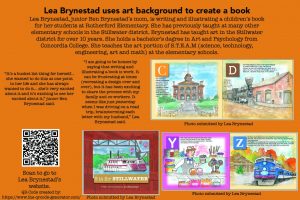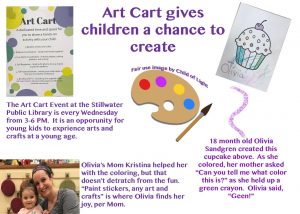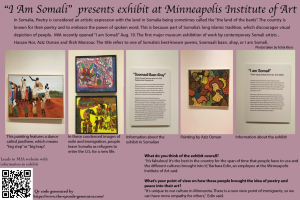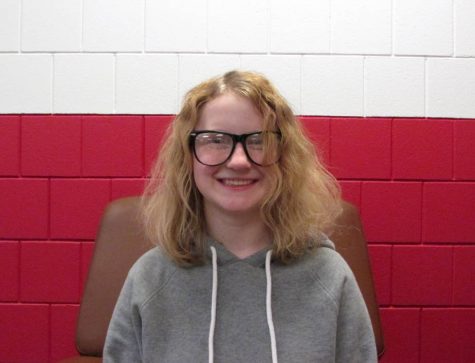Franconia Sculpture Park showcases new talent
May 5, 2018
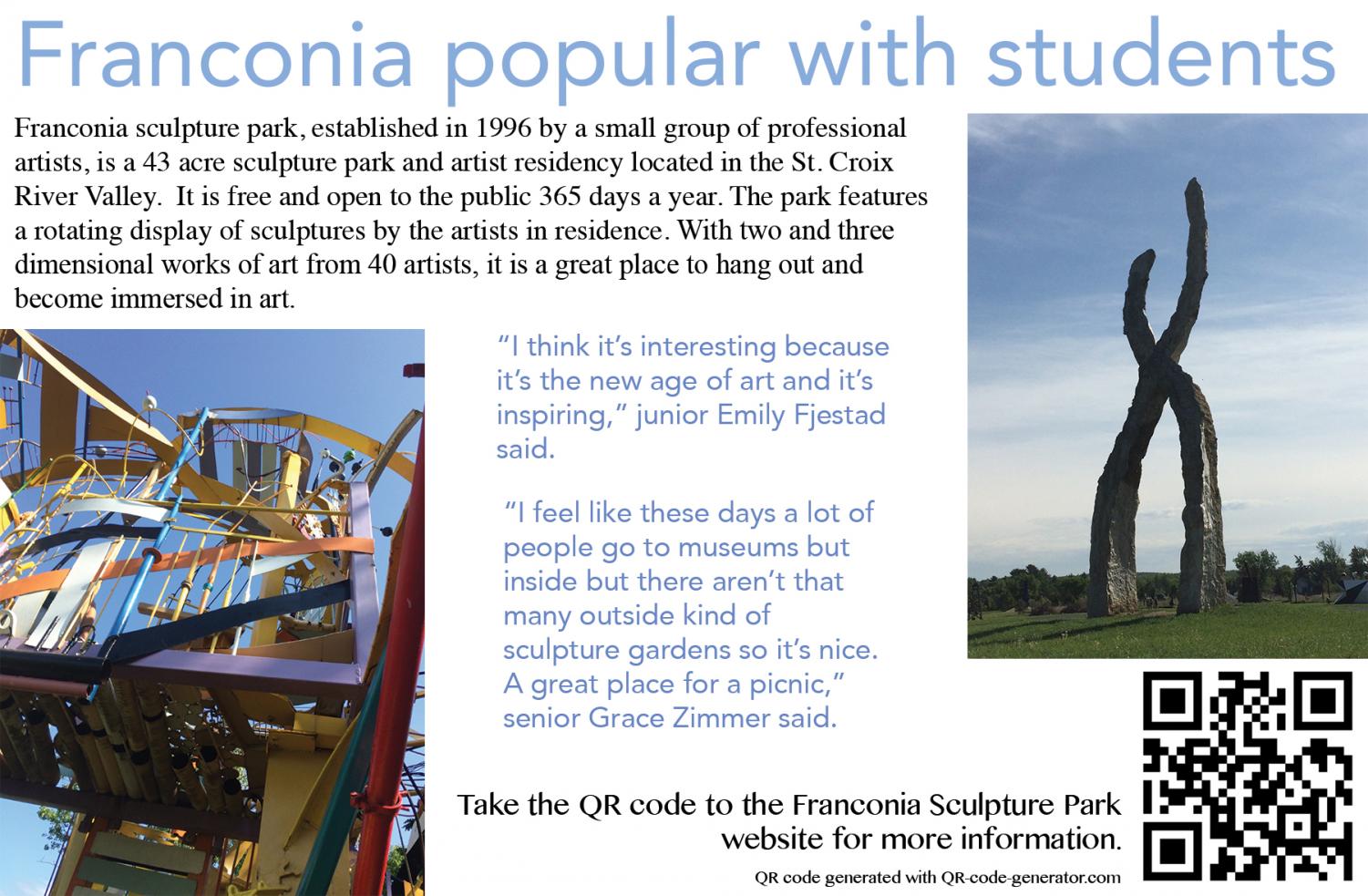
Art is in the eye of the beholder. It can consist of many different materials like bricks, tires, paint, crayons or many other things. Artists can decide which materials best fit their art or creation. Ultimately, artists are using more creative ways to portray their art.
There are not many places that contain enough room for sculptures. Franconia Sculpture Park in Shaffer, Minn. is one of the closest areas to view such creations that are inspired by emerging and established artists. The park was created in 1996 and is open year round, dawn until dusk. It has been nominated as one of the Top 10 Parks in and around the Twin Cities and is recognized for its unique structures.
At the park, the sculptures shown are constantly changing. Artists are constantly creating new art and so the park has to accommodate for all the new sculptures and take down old ones.
The oldest sculpture currently in the park was created by Mark di Suvero and is titled Gorky’s Pillow. It has been in the park since 1987.
There are also a good amount of sculptures a lot of recurring artists create. This means these artists have been invited to create at Franconia on multiple occasions.
“Some of which are Bridget Beck, who created both the Play Station, a giant playground, and Poetry Studio, Peyton Russell, who has multiple murals and graffiti based works within the park like Black Book and Daskarone…” Education and Program Coordinator Kendra Douglas said. “Several Franconia artists have had multiple sculptures exhibited at the park at different times but these are some of the artists who currently have multiple works exhibited in the park.”
The sculpture park has Artists in Residency Programs, which help the directors decide what is shown in the park. The selection process is highly competitive and the committee of people who review the applications have to carefully choose who they think could possibly make their proposed project at Franconia. There are different types of residencies that differ in style, process and structure.
There are many things an artist must do before becoming a resident. The park asks its residents “to be prepared to work in an outdoor public setting where visitors ask questions and start conversations, to have appropriate personal safety equipment and tools… prepare and host an Artist Talk… provide insight into your artistic experience for fellow residents and park visitors, to be prepared to live in a communal setting… and complete all paperwork associated with the residency,” the official Franconia Sculpture Park website stated.
Some of the unique aspects of Franconia is that the park is free unless someone wishes to give a donation.
The park is in a rural location that is not frequented by many people, but also attracts people from around the world, including artists. Over the course of one year, the park welcomes about 40 residents and over 150,000 visitors into its wide open spaces.
“It is rare to find a thriving professional artist residency, extensive and diverse large-scale sculpture exhibition, and community and educational programming existing in one place and within one arts organization. It truly is where pigs fly!” Douglas said.
Franconia Sculpture Park is a great way to see incredible unique sculptures and to find inspiring ways to create different types of art.
“I’ve only ever heard good things about the park. The only downside is the muddy paths after it rains but other than that, I think it is a wonderful place to see what people come up with to express themselves,” sophomore Megan Puhrmann said.



